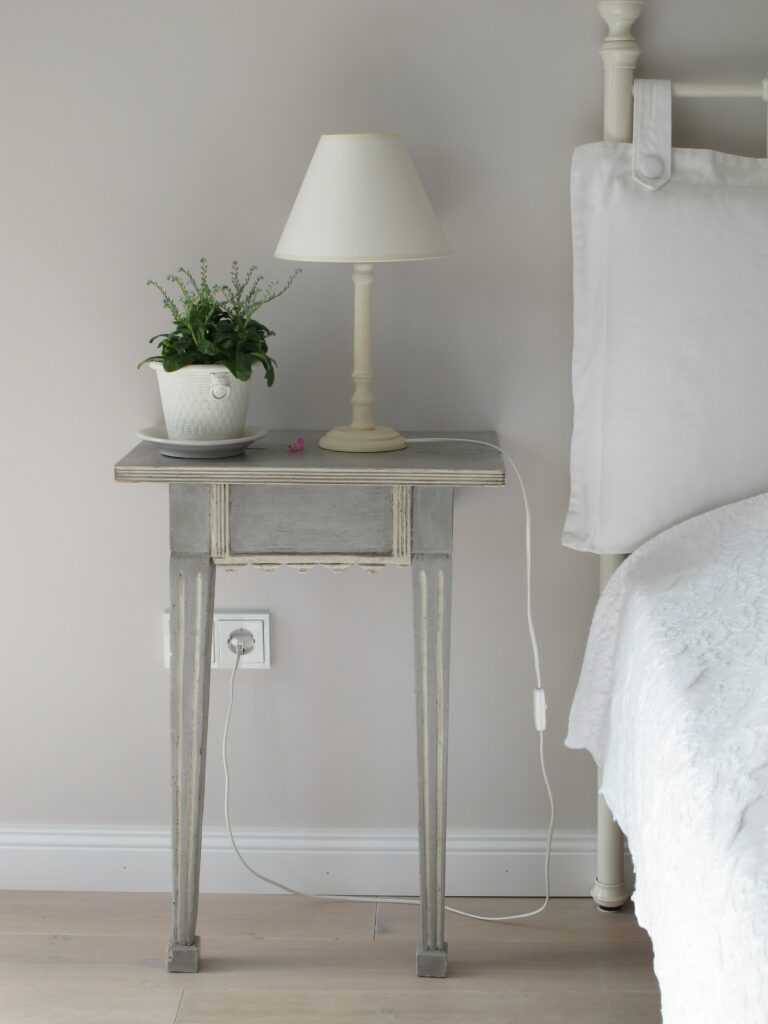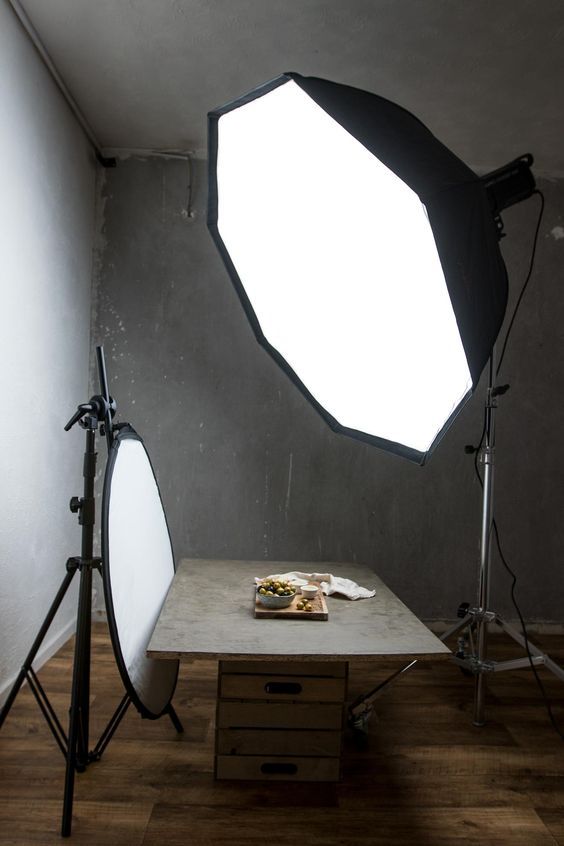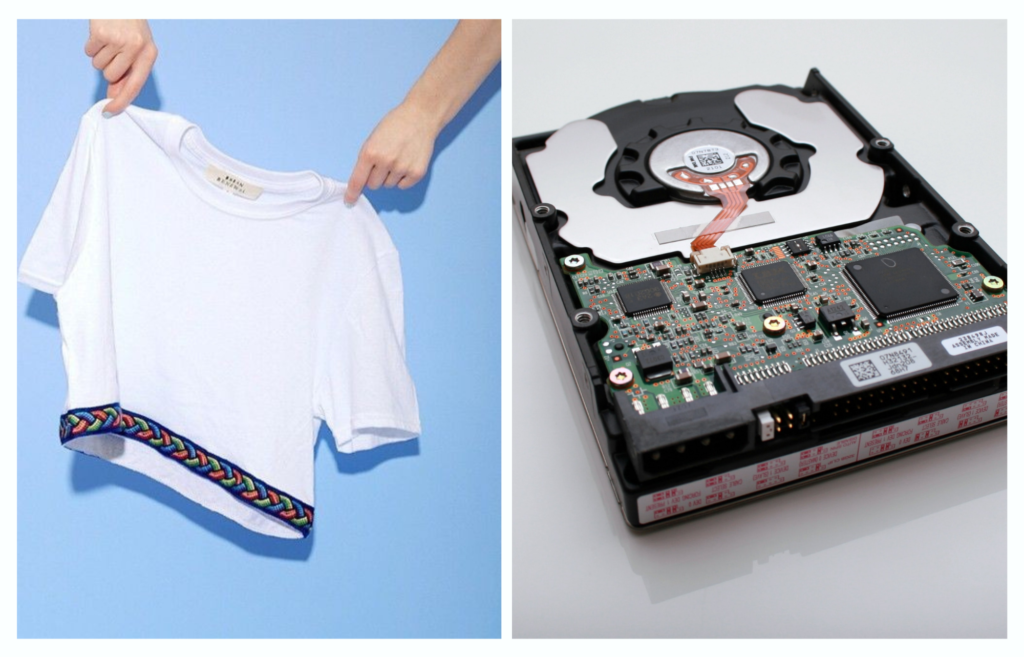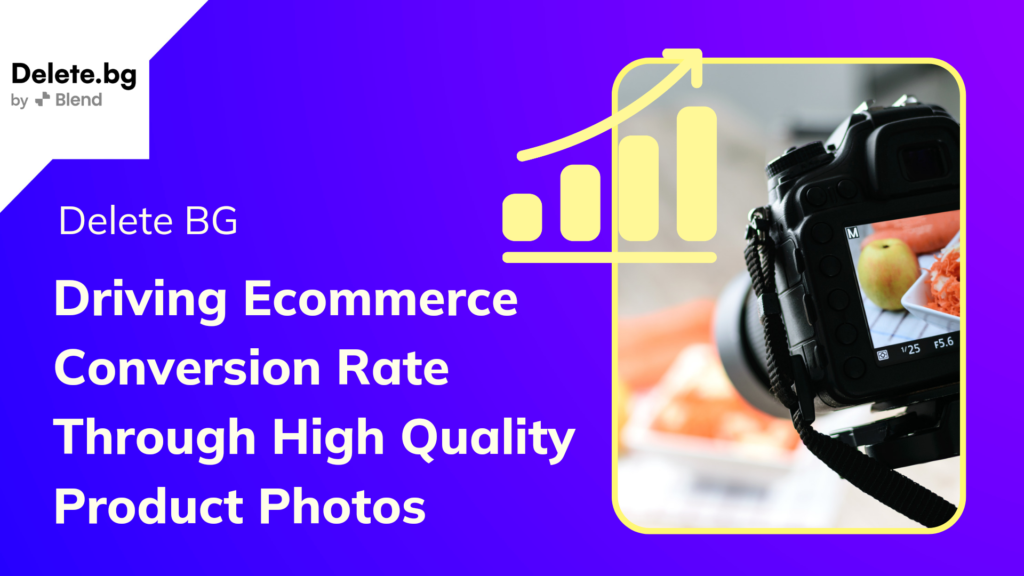Do you run a DTC e-commerce store? Remember, you are not creating an online store but recreating the retail store experience. And when shopping online, your visitors can’t see, touch, or try the product. They need to visualize themselves using the product. Haven’t you ever been enticed by the succulent food images used by online food-delivery businesses? High-quality photos used effectively can bring the product to life.
High-quality product images are neither difficult nor expensive. A vast array of stock photos and professional photographers are available. Or, using a smartphone and a DIY photography guide, you can click great pictures, And then you can optimize them for the web with easy-to-use photo-editing software.
So while better images mean higher conversion rates, it’s not as simple. Product Optimization is more than technical requirements such as file size, format, etc. As an owner or an e-commerce manager of a D to C brand, understanding the critical role of product photos in the conversion process is crucial.
Product Photos: Your Online Salespersons
In an online store, the product photos perform as salespersons. They share product information with customers, answer their queries, and reassure them about the quality. So plan your product photos such that they:
- Indicate key features. If you are selling textured paints, close-ups of painted walls could show the various textures.
- Depict the quality of the product: If you are selling fabric and want to show its durability, you can show it ‘stretched’ in a picture.
- Clarify queries: people prefer not to read lengthy product descriptions. If you display a product in its intended environment, they get their answer at a glance. For example, the fabric used on a garden chair will immediately denote its color-fast and appropriate for outdoor use.
Would this lead to a visual overload? No, according to a study by MIT neuroscientists, your brain can process images in as little as 13 milliseconds. Product images are potent sales tools, but they can persuade the customer and also turn him off. Even a small change can impact conversion rates. So pay great attention to your pictures.
No Fluff. Only Facts
You may find that what you thought was a great picture has gone unnoticed. According to Nielsen Norman Group, “users pay close attention to photos and other images that contain relevant information but ignore fluffy pictures used to “jazz up” web pages.”
Best practices have evolved in e-commerce photography. Here are some tips to make buyers see your product images as meaningful content, not fluff.
Tip 1: Product photos must reflect the comparative size.
There are several ways of doing it – for instance, a product shot of a person holding a coffee mug will indicate its size. Or, if you are selling a bedside lamp, you could photograph it on a bedside table.

Tip 2: It’s not required to include a human in every product image.
The product photo is not required to grab the visitor’s attention. They are on your page because they are interested. The idea is to let them visualize themselves using the product. So if you sell a reclining chair, they must see themselves relaxing on it, not a model.

Tip 3: Product photos must be authentic.
A web visitor bases his decision to buy on the product image and will scrutinize it. They can tell the difference between a photoshopped image and an original image. Alternate views add to authenticity as they show customers what they are getting. It will decrease the return rate. User-generated photos are another way to be authentic.

Tip 4: Bigger is better, but not always.
Buyer behavior varies for different products. While best practices say that bigger product photos translate into higher conversion rates, it is not always so. A research study by CXL Institute evaluated the impact of image size on value perception on two diverse products – a shirt (a design/experience product) and a hard drive (a spec-heavy search product.) And the results showed that the shirt was considered higher quality or more valuable for a smaller product image that left more white space on the product page. Surprisingly, it was vice versa for the hard drive!

So what does this say? Best practices are a great guideline but don’t blindly follow them. Run your own A/B product photograph tests. You may be in for a surprise.
Post-Production: Adding The Finishing Touch
You may have shot the right kind of product photos. You still need to work on the images. You need to create a uniform look across your e-store. So you may need to remove backgrounds and unwanted objects, change colors or add borders. Photo editors like Delete BG make it very simple with features such as image background removal, adding shadows, adding reflection, etc., and also use templates for different use-cases like a sale poster or particular theme like flat-lay layouts. So you can create your graphics and easily integrate your product images into your website and social media posts.
The Parting Short
Your product photos are the lifeblood of your e-commerce store. So don’t shoot, upload, and forget about your images. Use them effectively to invigorate your business growth.
D to C brands are overtaking big store brands in categories that you thought needed an offline retail environment, like Furniture, Furnishings, Jewellery, and similar experience products. Customers are now comfortable buying them online. And it is visual imagery that has made it happen.
Your product images can tell your story. And it all begins with the first impression. So make your product photos clickable!
